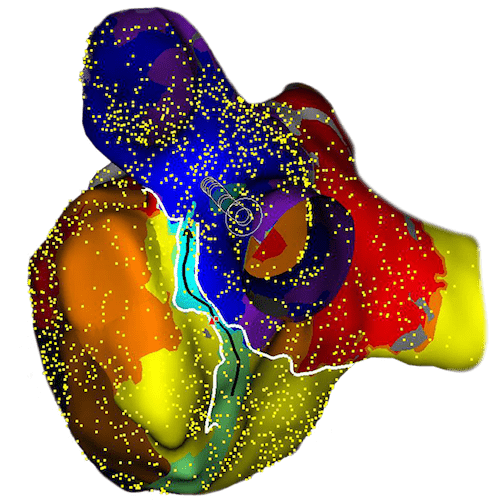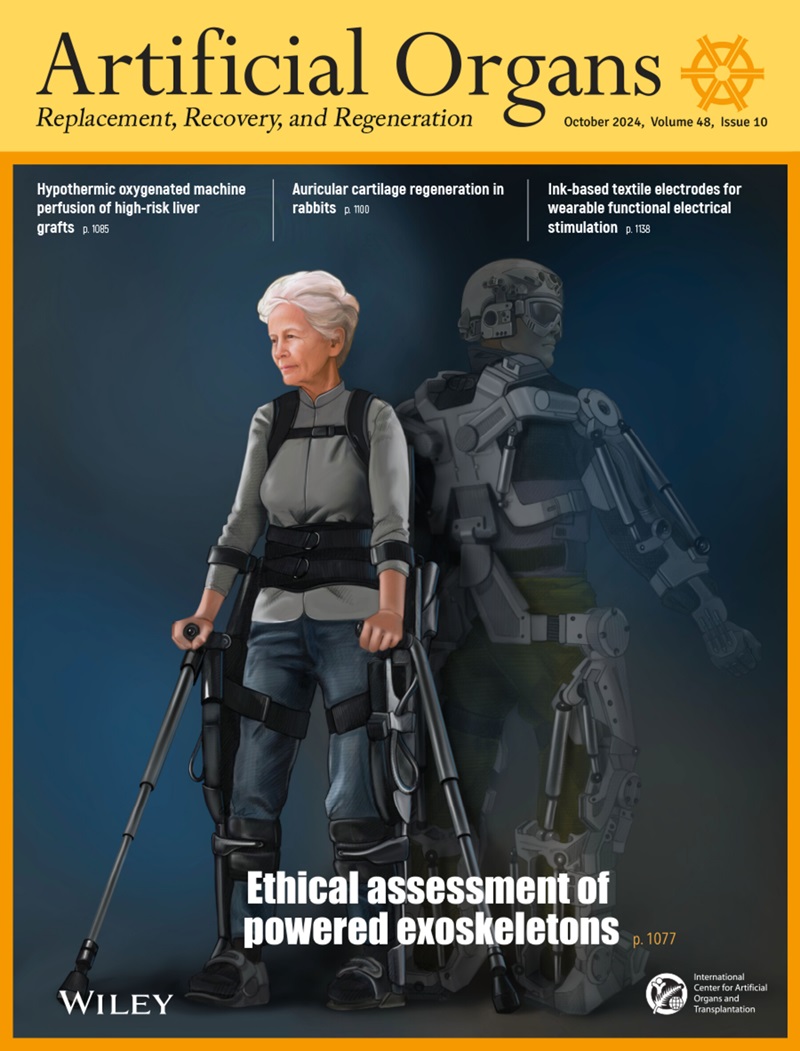Designing an Advanced Ventricular Assist Device (AVAD) with Automated Pressure Regulation

We are developing a universal, advanced ventricular assist device (AVAD) with automatic pressure regulation suitable for both left and right ventricular support. The primary goal of this computational fluid dynamics (CFD) study was to analyze the biventricular performance of the AVAD across its wide range of operating conditions.
AVAD | In Vitro Hydraulic Performance Measurements

An AVAD CFD model was created and validated using in vitro hydraulic performance measurements taken oven conditions spanning both left ventricular assist device (LVAD) and right ventricular assist device (RVAD) operation. Static pressure taps, placed throughout the pump, were used to validate the CFD results. The CFD model was then used to assess the change in hydraulic performance with varying rotor axial positions and identify potential design improvements. The hydraulic performance was simulated and measured at rotor speeds from 2,300 to 3,600 revolutions/min and flow rates from 2.0 to 8.0 L/min.
AVAD | Deploying CFD Simulation to Predict Hydraulic Pressure
The CFD-predicted hydraulic pressure rise agreed well with the in vitro measured data, within 6.5% at 2300 rpm and within 3.5% for the higher rotor speeds. The CFD successfully predicted wall static pressures, matching experimental values within 7%. High degree of similarity and circumferential uniformity in the pump’s flow fields were observed over the pump operation as an LVAD and an RVAD. A secondary impeller axial clearance reduction resulted in a 10% decrease in peak flow residence time and lower static pressures suggest a reduction in the upwards rotor forces from the secondary impeller and a desired increase in the pressure sensitivity of the pump.

Conclusion | AVAD Proposal Supported by CFD Feasibility Analysis
The CFD analyses supported the feasibility of the proposed AVAD’s use as an LVAD or an RVAD, over a wide range of operating conditions. The CFD results demonstrated the operability of the pump in providing the desired circumferential flow similarity over the intended range of flow/speed conditions and the intended functionality of the AVAD’s automated pressure regulation.
Read the published ASAIO Journal here.
About the Authors
Michael Showalter is a Senior CFD Engineer at SimuTech Group with over 30 years of experience in applying CFD software into the design of new products. Michael has applied CFD in designing medical devices including: capillary filling of a microfluidic biochip, inflation of an angioplasty balloon, thermal balloon catheter heat transfer, and wicking blood samples into a glucose monitor. Most recently, he has been applying CFD to predict the effects of a mandibular repositioning device on the airway of patients with sleep apnea.
Mark is a Principal CFD Engineer with SimuTech Group with over 28 years of experience in the biomedical device field. Applying both CFD in the design of new products including: rotary blood pumps used for heart support, blood oxygenators/heat exchangers used in open-heart surgery, artificial kidneys, rotational atherectomy devices, cardiac and thermal balloon catheters, and magnetic stem cell separators. Most recently, he has been applying CFD to patient-specific modeling to better understand and predict the flow through a patient’s anatomy based upon imaging reconstructions.
See the full list of Ansys CFD Software capabilities, or contact us today to learn more about how Ansys Mechanical can help you improve your simulation capability.







